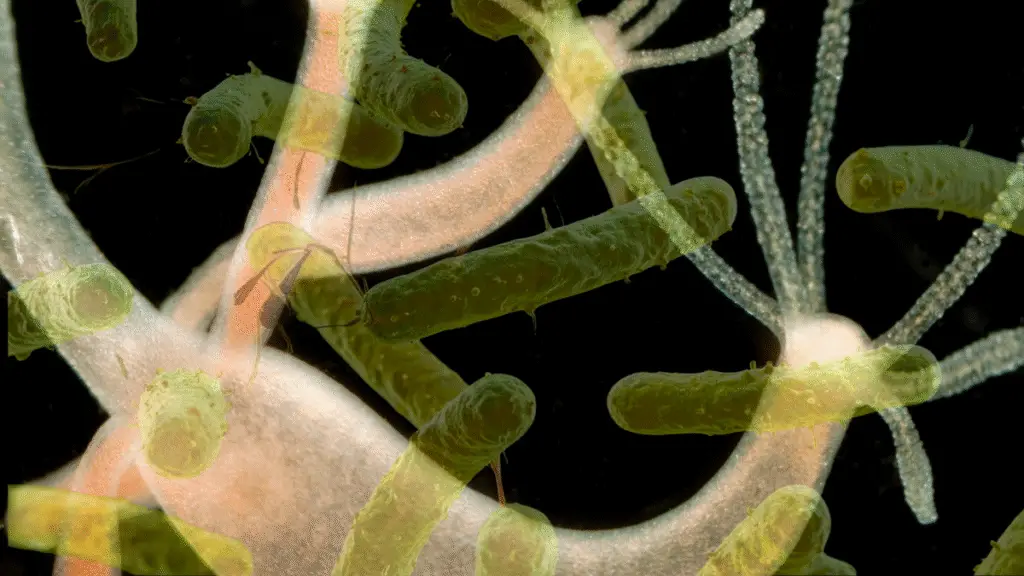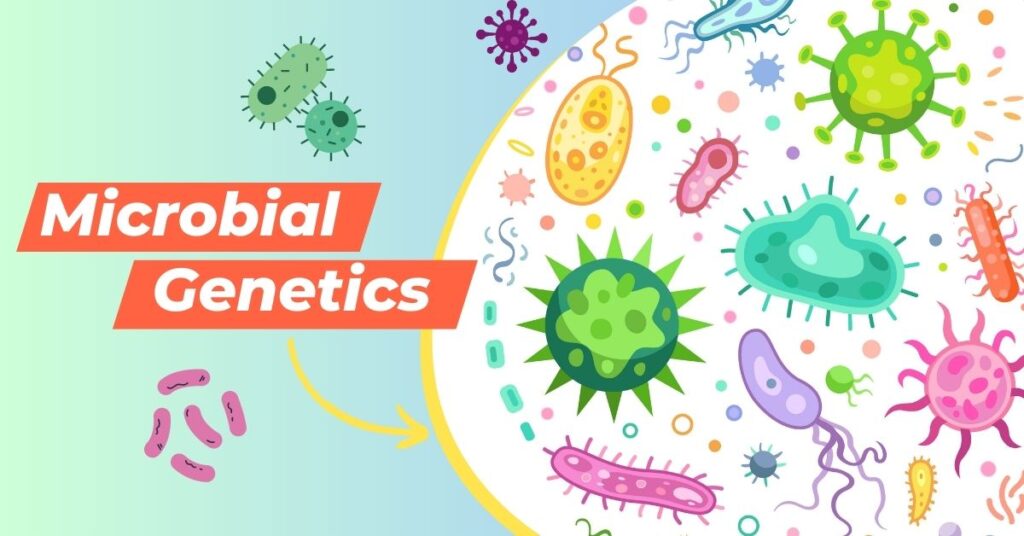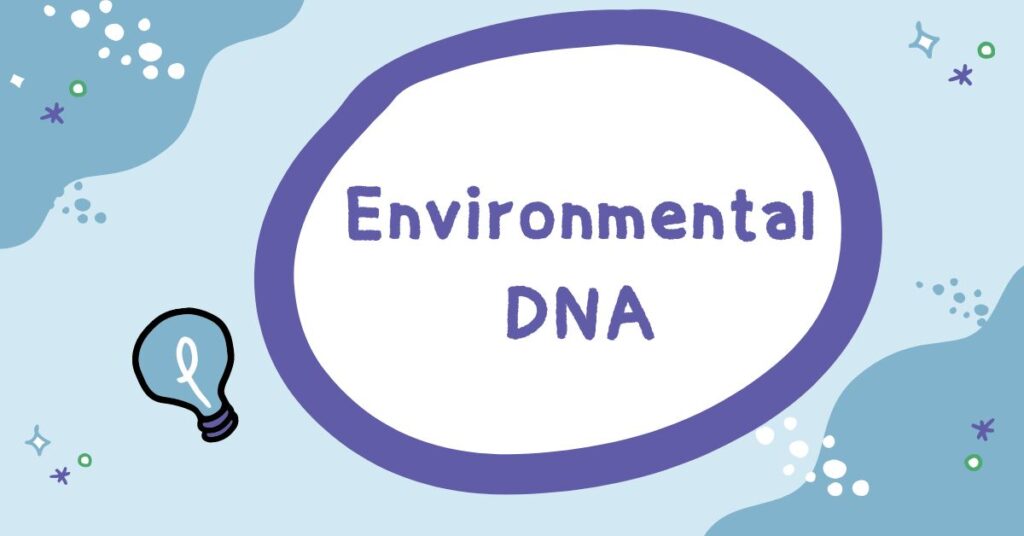Studies show that there are 10 billion to 1 trillion different microbial species living on Earth, interacting with various hosts and executing excellent host-microbe symbiosis. The classic example is our gut and the microbes living inside.
The microbial community living in our gut helps boost immunity, digestion and other activities, and impact our gene expression, too. Thus, studying the host-microbe interaction is vital to understanding the significance of the microbiome for any system.
In our latest podcast, Dr. Jay Bathia, a postdoctoral researcher at the University of Düsseldorf, explained two important genetic techniques for understanding microbial interactions.
What are these two techniques, and why are they important? Let’s find out.
Key Topics:
What is host microbe interaction?
Host-microbe interaction is a relationship between any host organism (other than the microbes) and microbes (unicellular organisms), which either benefits or harms the host.
For instance, microbes living in our gut or microbes present on the hydra, etc. For millions of years, microbes have been living within or with us or other organisms. Now, to sustain this interaction, the microbes also benefit the host in many ways.
For instance, it provides nutrients, protects from other pathogens, helps in digestion, controls gene expression, boosts immunity, etc. Studies also demonstrated that microbes and our genes are linked, too.
Therefore, understanding the interaction between the host microbiome and its environment is crucial for understanding how ecosystems function, how diseases arise, and how different organisms respond to constantly changing environments.
Dr. Jay Bathia explained two important genetic techniques – 16S rRNA gene sequencing and metagenomic sequencing and why they have been the gold-standard techniques to understand this amazing interaction.
16S rRNA gene sequencing:
The 16S rRNA gene is a highly conserved region or we can say, a gene that is only present in bacteria and archaea. However, it is highly polymorphic within the bacterial community.
Meaning, different bacteria or species have different versions of the 16S rRNA gene. Henceforth, scientists are utilizing this genomic region to identify, characterize and study different bacteria present in any sample.
The beauty of this technique is that it only needs DNA sequencing, but not tedious cell culture or microbial plating. The 16S rRNA gene sequencing is an accurate, fast and safer technique.
However, it lacks high-throughput investigation. And thus, another technique known as metagenomic sequencing has been in practice.
Metagenomic sequencing:
Metagenomic sequencing again works on the same principle of DNA sequencing, but instead of targeting a single gene or bacteria, it can sequence thousands to millions of bacterial DNA fragments in a single run.
Meaning, where 16S rRNA gene sequencing targets a single locus and identifies a single bacterium, this technique targets multiple loci and identifies various bacteria present in the sample.
Metagenomic sequencing is a fast, accurate and high-throughput sequencing technique that uses the next-generation DNA sequencing approach. It generates a huge amount of data, which helps to understand the host-microbe interaction more precisely.
And thus, metagenomics revealed mind-blowing facts about microbes.
In our conversation, Dr. Jay Bathia describes metagenomics as sequencing “everything and everything”. This means it sequences every DNA fragment present in the sample.
Metagenomics helps scientists understand how these microbes influence their host’s survival, growth and defence responses. It further helps them to know how certain microbial genes may activate in response to environmental changes like rising ocean temperatures and pollution.
Dr. Jay Bathia’s work combined these two techniques to highlight that when hydra loses its endosymbiotic algae, the host-microbe interaction also disrupts, causing the host to be infected by the pathogen.
Related article: What is Metagenomics? – Definition, Steps, Process and Application.
Wrapping up:
16S rRNA gene sequencing and metagenomic sequencing are two pivotal techniques for scientific studies linked with microbial analysis. Thus, it has been used in environmental, pathogenic, climate change and other studies.
Watch our podcast with Dr. Jay Bhatia to know more and read the two articles on 16S rRNA gene sequencing and metagenomic sequencing on our blog. Links are already given in each section.


